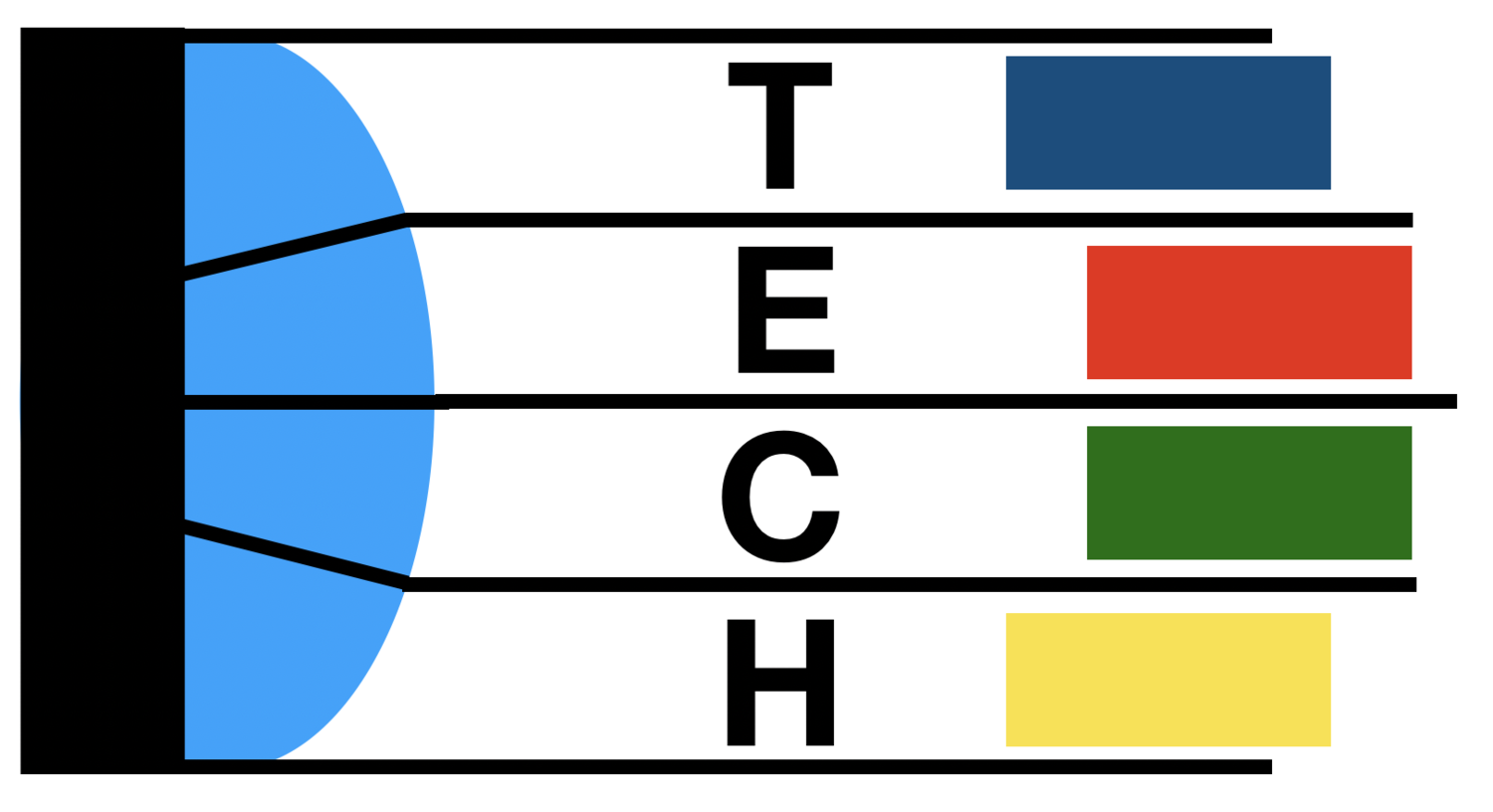Seeing, Believing, and Disbelieving in the Age of AI
In the New Testament, there is a poignant story about Thomas, one of Jesus’ disciples, who earns the nickname “Doubting Thomas.” When told of Jesus’ resurrection, Thomas refuses to believe until he can see and touch the wounds on Jesus' hands and side. For him, seeing is believing.
Contrast this with moments in life where belief precedes sight. A farmer plants seeds in faith, trusting they will grow even before the first sprout breaks through the soil. An artist envisions a masterpiece before the first brushstroke touches the canvas. These are events where you must believe to see.
Now, enter the modern era of artificial intelligence. In this realm, the dynamics of seeing and believing are shifting in profound ways. With AI-generated images, videos, and even entire personas, we’re faced with a new challenge: the act of seeing doesn’t always lead to believing anymore.
When Seeing Isn’t Believing
AI tools have become so adept at creating hyper-realistic visuals and narratives that our trust in the evidence of our eyes is increasingly undermined. Deepfakes can imitate the faces and voices of real people with uncanny precision, while AI-generated art blurs the lines between human creativity and machine production.
This technological evolution forces us to confront a paradox: in a world where anything can be fabricated, the act of seeing no longer guarantees reality. Skepticism becomes our default reaction—we disbelieve even after we see.
The Reverse: Disbelieving to See
But what about those moments when we must disbelieve in order to truly see? Consider how preconceptions or biases can cloud our judgment. An overly cynical approach to AI might blind us to its potential for good. By refusing to accept AI’s capabilities at face value, we risk missing the profound ways it can improve lives: diagnosing diseases earlier, enabling more personalized education, or fostering creative collaborations between humans and machines.
Disbelieving to see is a call to remove the veil of assumption, to discern the reality behind what’s presented. It’s a mindset that’s crucial in our current age of information overload and synthetic realities.
Bridging the Gap
The journey between seeing, believing, and disbelieving isn’t linear—it’s a cycle. Thomas’s story reminds us of the human need for evidence, but also the transformative power of faith. The AI era challenges us to balance critical thinking with open-mindedness. We must scrutinize what we see, question what we believe, and sometimes suspend disbelief to uncover deeper truths.
So, how do we navigate this? Here are a few guiding principles:
Cultivate Awareness: Learn how AI works to better understand what’s real and what’s fabricated.
Embrace Critical Thinking: Approach visual and textual content with a healthy dose of skepticism, especially when it evokes strong emotional responses.
Foster Open-Mindedness: Allow room for discovery and innovation by not dismissing AI’s potential outright.
The interplay between seeing and believing has always been central to the human experience. In this new era, let us redefine that relationship, embracing both doubt and faith to see the world more clearly—even when it’s shaped by artificial intelligence.
